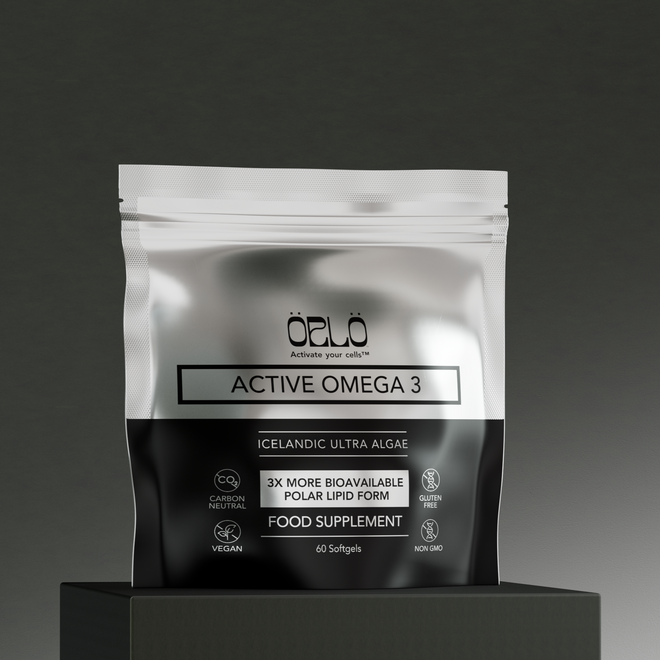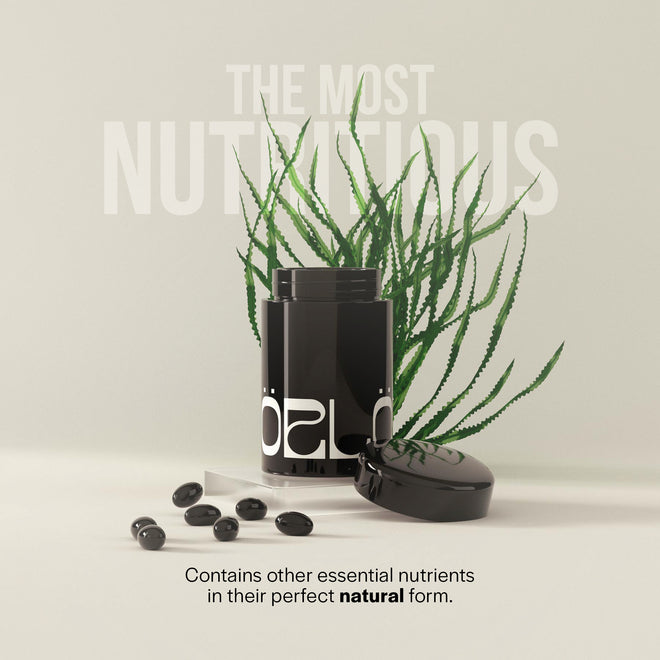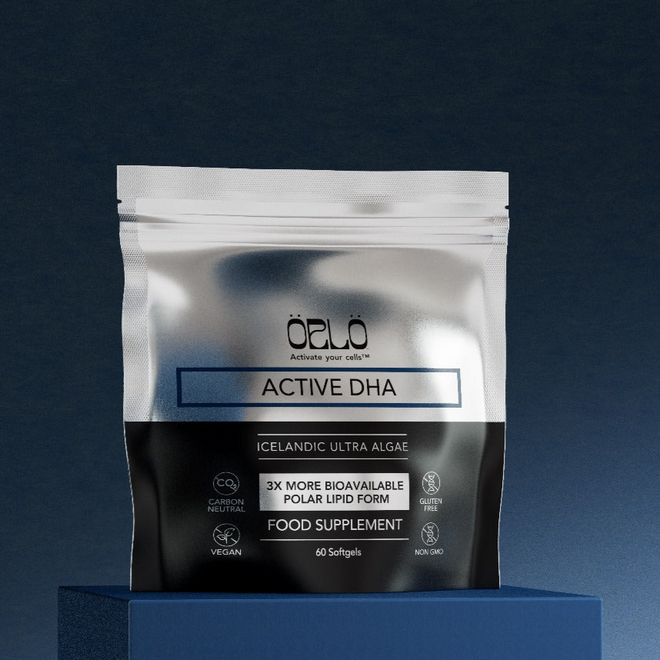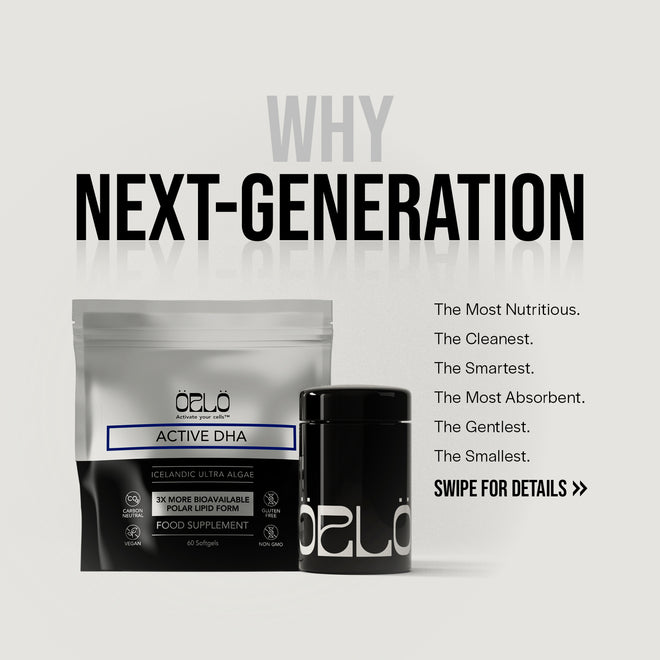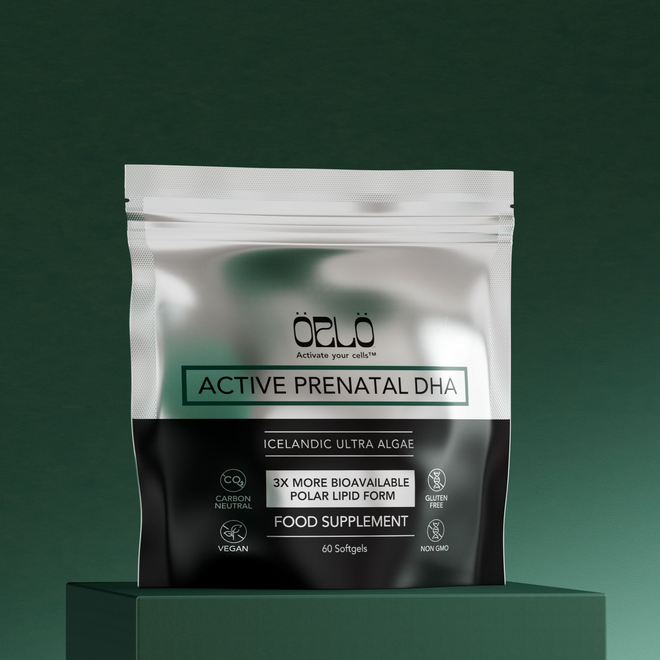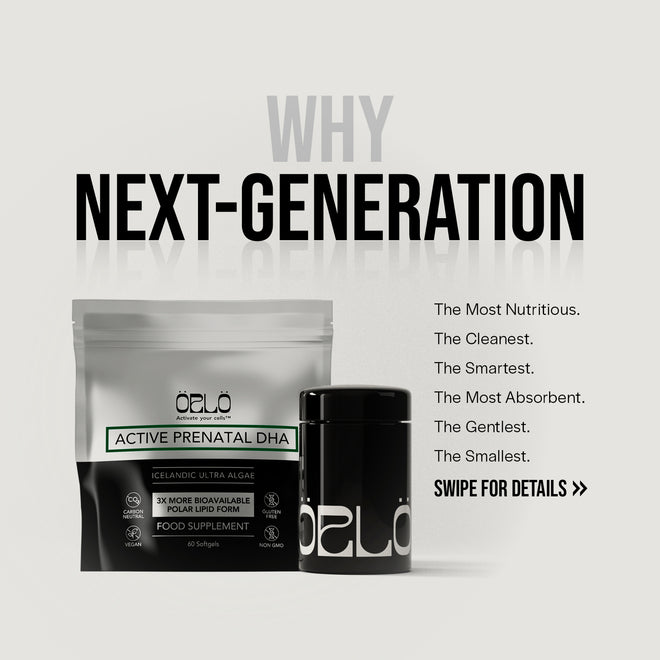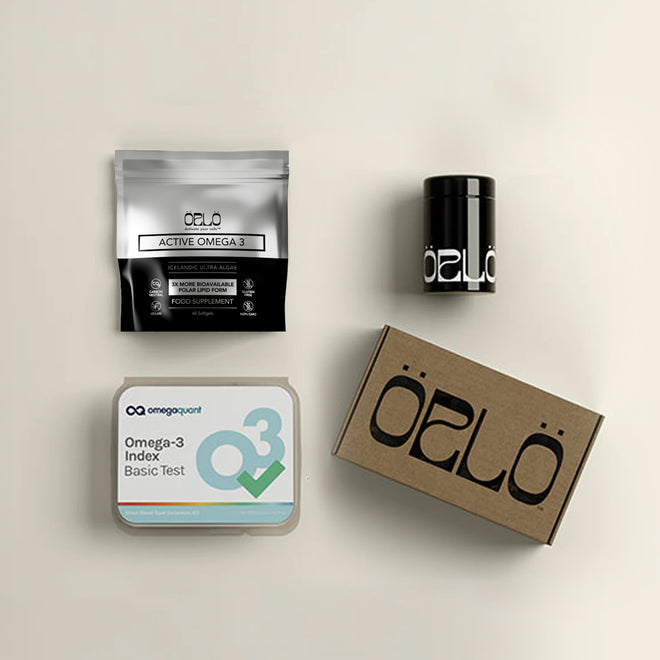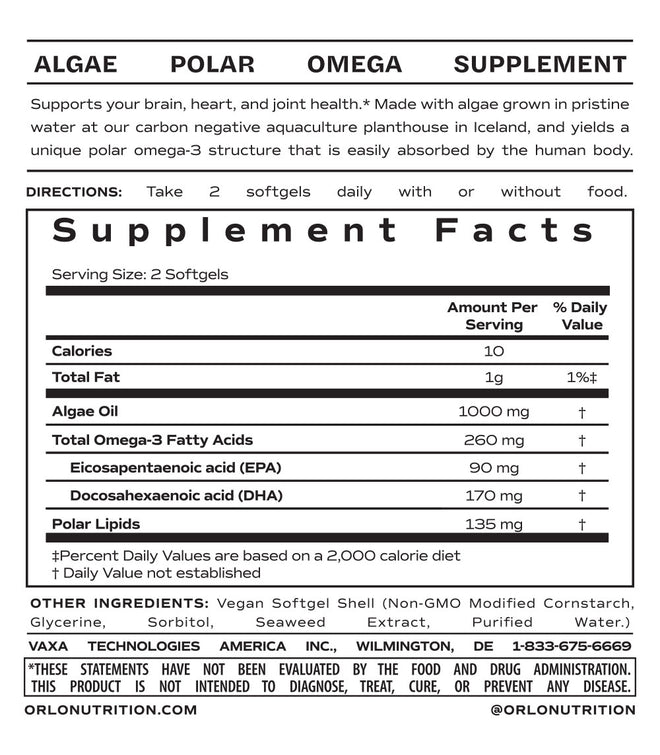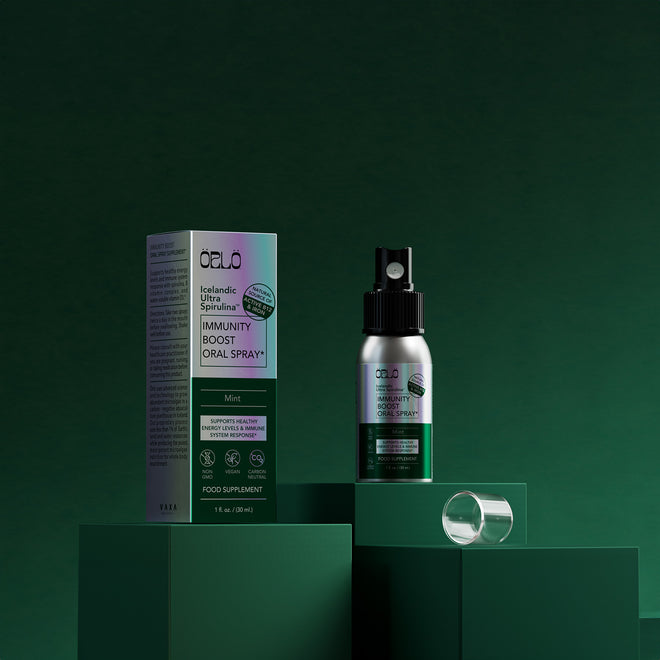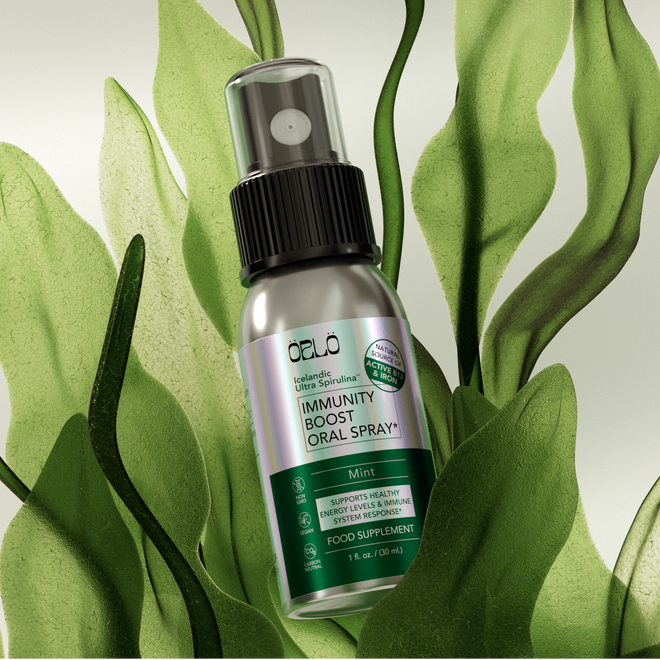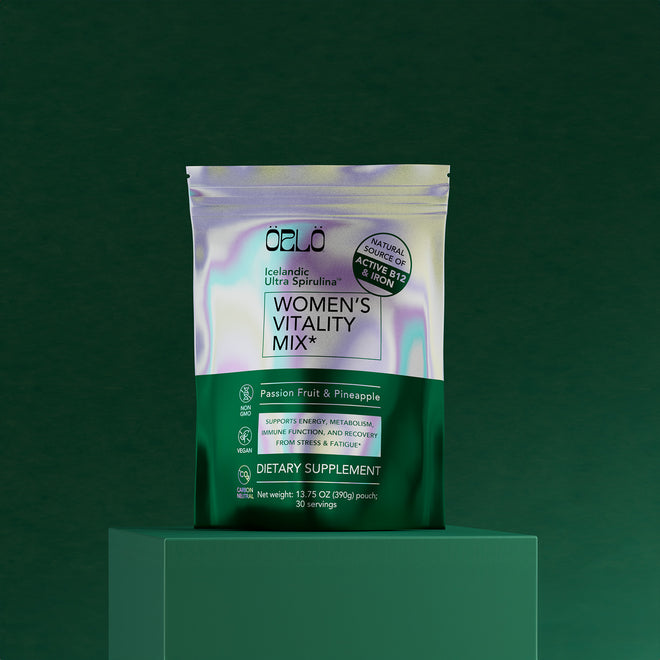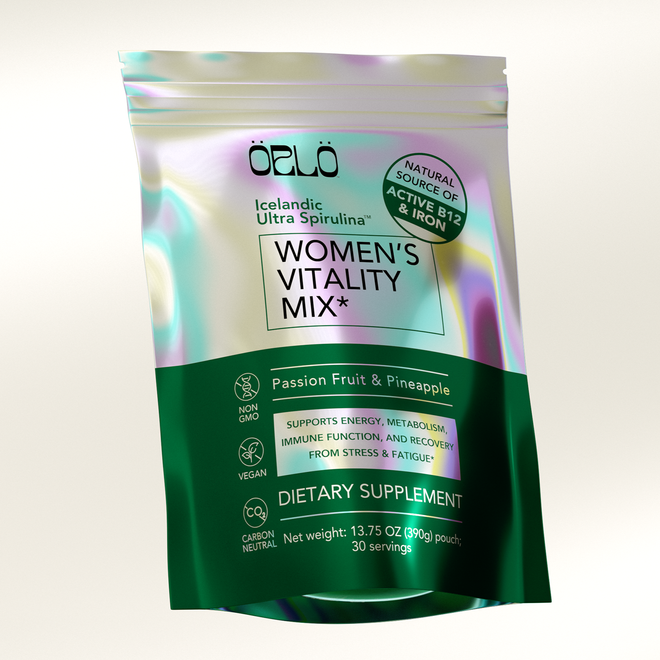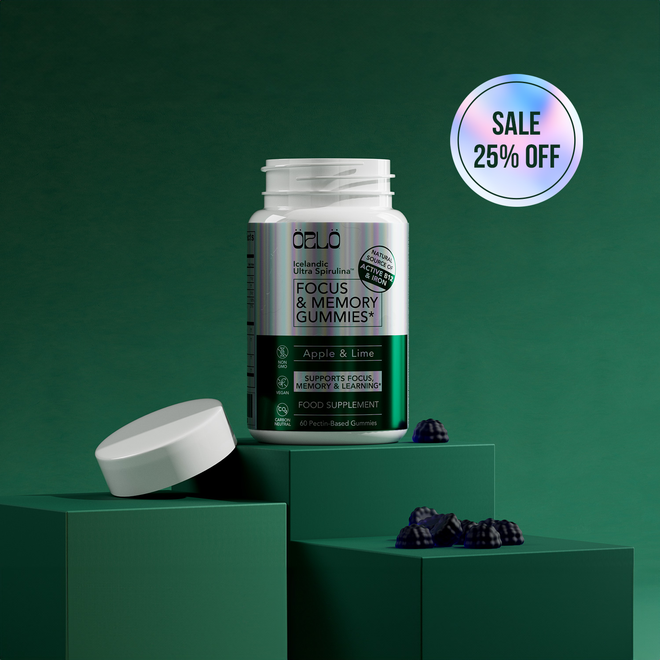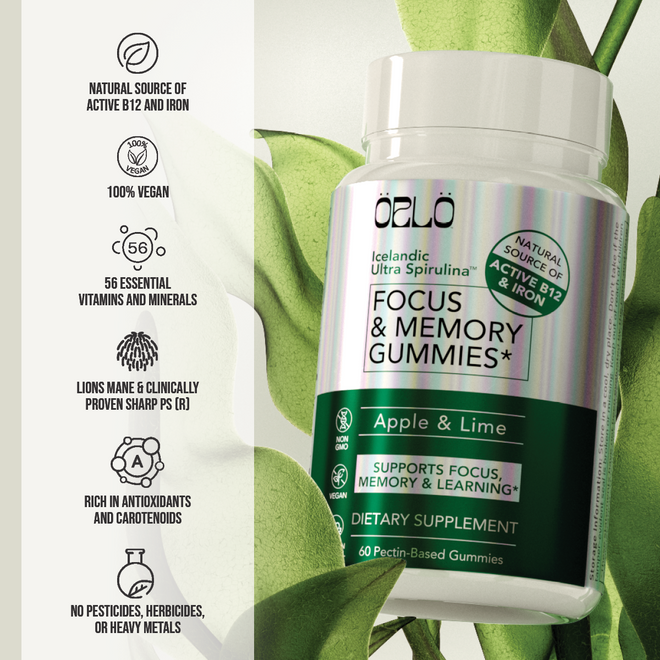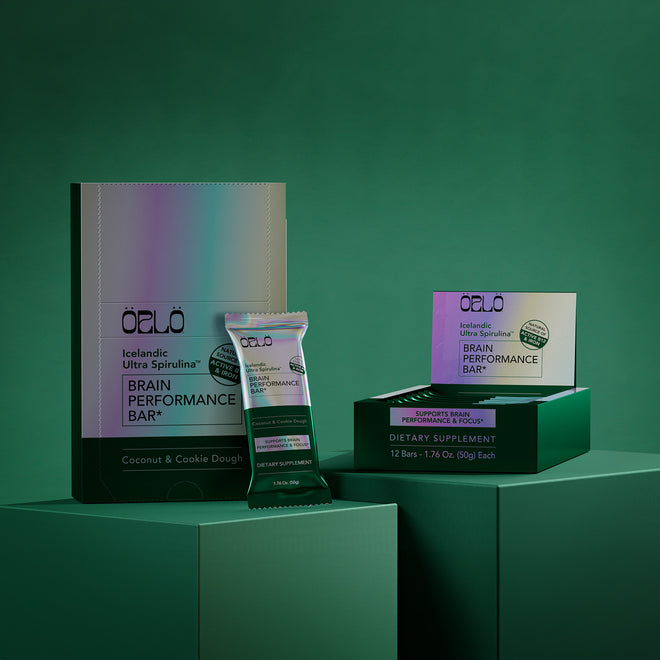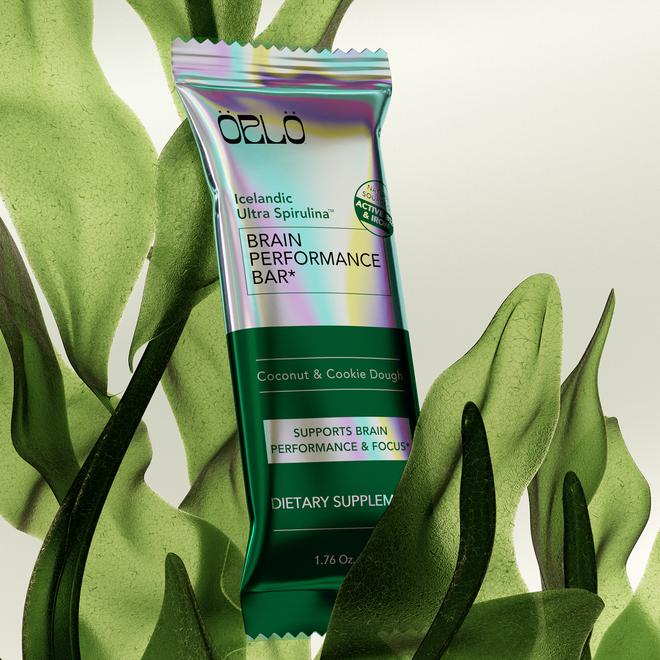Free shipping on purchases over $69
Achieving Your Health Goals in 2024
Show Notes
In this monolog episode, Corinna Bellizzi offers insights from prior guest appearances and keys to goal achievement success from her personal experience. You'll hear how she went from hating running with a passion, to becoming a Boston Marathon Finisher. You'll gain insights from a highly specialized neurologist and NFL doctor about how to "die young as old as possible" while you enjoy your health and wellness regimen. You'll learn to control your impulses through self-hypnosis, and gain the tools you need to Eat To Beat Your Diet. The common sense approach provided in this episode will help you level up, or start from zero to achieve the health and wellness you want in 2024 and beyond.
Expert Episodes Featured:
- Dr. Joseph Maroon, MD Neurosurgeon, Team Neurologist for the Pittsburgh Steelers, Ironman Triathlete
- Dr. David Spiegel, MD Psychiatrist, Stanford Professor & CSO at Reveri. For an exclusive 2 week All Access Pass to Reveri, just tap this link from your phone: reverihealth.app.link/nutrition
- Dr. William Li, MD Research Scientist, 2x NYT Bestselling Author of Eat To Beat Your Diet
Achieving Your Health Goals in 2024
Welcome to another monolog episode of Nutrition Without Compromise. I’m your host, Corinna Bellizzi.
Today, I’m taking you on a journey, as I reflect on the wisdom of prior guests who share what it takes to build a healthier, fuller life. I’m going to also walk you through some recent research and scientific advancements that when properly implemented, can positively impact your ability to achieve your goals, to attain your best health and live your best life, without compromise.
And remember -- while many of us develop health goals around the arrival of the new year, this really should be an ongoing effort to achieve optimal wellness, so you can live a long, happy, and fruitful life. Health is a journey – not a destination, after all. And before you dig into what your goals are, and how you’ll get there, you need to first assess where you are and what’s holding you back – with honesty.
I’ll give you an example. Recently, I realized that I wasn’t making it to the gym for the weightlifting that I truly love doing. I made excuses. First it was that I was busy, or that when I was able to make time it was at the height of traffic, or wouldn’t allow me enough time to do my full workout. These were, quite clearly as I reflect – all EXCUSES. The danger is that too often we make these excuses into reasons through justification.
When I reflected on why I wasn’t making it to the gym, 3, 4, 5 or my usual 6 or 7 days a week, I realized that I had stopped enjoying it. Why? Because there was some truth to the “when I am able to go I don’t have enough time to do what I want there.” But the reason it was true was not because I didn’t have the time to do what I wanted, it was because the gym had gained too many new members, and as a result, it was always busy. I wasn’t able to keep my burn going between sets. I felt pressured to leave the leg press I’d just been using to allow another person to work out, but they wouldn’t pay me back the same courtesy, so I lost my place, had to move on, and wait for another machine. Frankly, it sucked!
So, after 8 years at that gym, I went back to another gym that’s actually closer to my house. It’s nicer. It has a pool, a big sauna, a steam room, and a cold plunge. You might wonder why it took me so long to make the shift given all of that – but really, the reason is simple. As humans we are also creatures of habit. We get in a groove that we’re used to, and we resist change. In the case of the nicer gym, as you might expect, it’s also more expensive. More than double the cost in fact. And it’s a lot less busy. You get what you pay for as they say… But as it would turn out, my insurance has a program that covers half the cost of that particular gym. So now, I’m driving less to get there. I’m enjoying my workouts again. I’m hitting the sauna after a workout, and I’m back in my rhythm. My body feels the difference, and the only days I’ve missed since I’ve made the switch have been those when I was traveling or sick. I love it.
After 6 months (or even maybe a year if I’m being honest) of not being in my fitness routine at the old gym, and only a month at the new one, I’m almost lifting the same weight again. And while I may not be doing quite as many reps or sets, I’m getting closer each day. I see the difference in the mirror, with the return of muscle tone, and my face looks leaner. I appear younger too. The new space, new routine, and new class opportunities are also keeping my fitness journey fresh. What more could I want?
So as you think about where you want to head in 2024, be honest with yourself. Think about what, if anything, is holding you back, and work to remove barriers while building new, better practices that you can enjoy. When we enjoy the healthier habits we instill, we’ll reach our goals.
Let’s Talk About Health Goals
A common goal most people share is to have a high level of energy, to feel fit and trim, and to be free of major gripes and pains. Some of us also refine our goals and anchor ourselves with something more definitive, like fitting into the jeans we wore a few years back, or filling out those jeans if we’ve lost some muscle mass. Some measure numbers on a scale or those displayed on a measuring tape. Neither of these is bad, so long as its anchored in realism, and structured in such a way as to not become an obsession. Obsessions can lead to addictive behavior, eating disorders, and more emotional and physical issues down the road. So remembering to anchor ourselves with a common sense approach can be very helpful. We’ll get back to this and research around goal setting in just a bit, but first I want to offer a reflection on a few podcast episodes that I think you should revisit or listen to if you haven’t already.
How To Die Young As Old As Possible – Dr. Joseph Maroon
One of our earliest guests on this podcast, Dr. Joseph Maroon, shared his perspective on this show. He said, “I want to die young, as old as possible”. To support this journey, he came up with a relatively simple protocol to help you achieve your ultimate wellness, which he refers to as SQUARE ONE.
If you follow his program, you’ll work to balance 4 main pillars of your life: Your work, your spiritual life, your social connections, and your family. If each of these pillars were the same height, and organized as a 4 sided shape, they would create a perfect square with each angle at 90 degrees. Mine, at many times of my life, has looked more like a trapezoid! I know I’m not alone in this. Dr. Maroon even wrote a book called Square One to help people on their journeys to a more balanced life.
Dr. Joseph Maroon is a highly specialized Doctor of Medicine. He’s a neurologist, neurosurgeon, clinical professor of neurological surgery and the team neurologist for the Pittsburgh Steelers -- for the past 47 years no less. He also lobbied congress and the NFL to put more controls in place in High School and professional sports to reduce the instance of traumatic brain injuries in athletes – because as he saw in his practice – every concussion meant a potential serious issue down the road. This was especially true when the compounding effects of multiple concussions are considered. And he’s also an Ironman Triathlete TO THIS DAY – in his 80s! He jokes that these days he’s finishing first in his age group – though he may be the only Ironman Triathlete competing in his age group.
I’ll be sure to provide a link to that insightful interview with show notes.
How To Retrain Your Brain For Health Success – Dr. David Spiegel
A few months ago, we dove into the topic of mental and physical health with the renowned psychologist and expert on self-hypnosis, Dr. David Spiegel. We learned that with a few simple exercises that each of us could learn to use hypnosis on ourselves to give us a better chance of reaching our health goals. From quitting smoking, to ceasing the bad habit of eating past when we feel full – this method can help. He shared research that suggests weight loss goals can more easily be attained with the support of self-hypnosis. It works because it helps each of us reframe how we see ourselves and retrains our brain to accept a new and healthier pattern as our new normal.
If you listened to that interview, you also heard about my personal experience with self-hypnosis as a definite skeptic – when I tried the new Reveri Self-Hypnosis App – that Dr. Spiegel helped to create. The app is offered at a reasonable monthly cost and can even be tried out for free. Look, if you’re a skeptic too, it doesn’t hurt to give it a try, especially if you’re trying to break a bad habit, or if you just need help relaxing and getting back to sleep if you wake up in the middle of the night. Truly, this tool can be a real game changer. Listeners of Nutrition Without Compromise qualify for an added discount and bonus – so just check the show notes for that link if you’re interested in giving it a try.
For an exclusive 2 week All Access Pass to Reveri, just tap this link from your phone: reverihealth.app.link/nutrition
Eat To Beat Disease (and your diet) – Dr. William Li
Over the past year and a half, you’ve heard from Dr. William Li about his protocol a few times. We got the chance to learn from him in spring of 2022 as we talked about his first book, Eat To Beat Disease. I then took his 4-week course around that book’s content, and produced weekly episodes that shared my experience of that course, and provided downloads of key takeaways that could help our listeners gain from my experience. Then, we reconnected on Eat To Beat Your Diet on this podcast, and on Forever Young Radio. While his program is seemingly very simple, implementation of any new healthy diet takes time, effort, and energy to implement.
So on that note, I’m diving into the research with all of you to provide a few tips that can help ensure your success in goal setting so you can reach your optimal health.
Start A Health Journal
The first step in building reasonable goals is to be self-aware, and that means understanding where your present habits are. While there are many apps and devices available that can help log the water you drink, the foods you eat, and your physical activity, paper and pen can provide an even more effective solution for those that are serious about their health journeys. While there isn’t a ton of research on this, there have been studies on effective goal setting. Those that take the trouble to write down their goals and have documentation to provide accountability are more likely to achieve their goals. They are also more likely to recognize when they have fallen off the wagon, or if they need to adjust their goals – precisely because a practice of documentation and reflection has been implemented.
Many health journals and templates are available online, but you really don’t need anything fancy. You can turn any blank notebook into a health journal. The benefit of doing that is that you can always take more space some days as you reflect on progress, and less on others without feeling like you’ve broken the mold. Here’s an example of some things you should consider tracking each day:
- How is your physical health today? How do you feel? Why?
- How is your emotional health today? Was it an up or a down day? Why?
- How much water did you drink? Caffeinated beverages? Alcohol?
- What food did you eat in each meal or snack?
- What supplements did you take?
- What exercise did you perform today? With what duration?
And then on a weekly basis it’s important to measure your results.
For those who weigh themselves, it’s a great time to check in. Choose the same time of day, one day a week, to do this. While those of you that are athletes, tightly managing your exercise and food game may weigh yourselves daily, that’s really not necessary for most. Weighing yourself once a week allows you to chart progress, and won’t dissuade you too much if you weigh a little more or less today than you did yesterday. If you’re tracking your health, and practicing good habits, your weight should naturally move the direction you want it to over time.
But the scale is not the only number to measure. You should consider measuring your body in a few key areas to chart your progress. The 2 areas that I consider non-negotiable are: waist at its narrowest point, and hip at its widest point. Charting these 3 numbers will help you measure changes in your visceral fat. Having excess visceral fat is associated with all sorts of health challenges, so bringing this number down is helpful. Also, there is science behind managing a healthy waist-to-hip ratio. Did you know that the Japanese government even monitors the health of their population through this number? Think of it like a more effective Body Mass Index or BMI. It doesn’t depend on height and weight, but rather real measurements that help track your body’s fat distribution and visceral fat. A waist-to-hip ratio of 0.8 or lower is considered low risk, whereas 0.81-0.84 is moderate risk, and 0.85 is higher risk. The great thing about this particular ratio, is that it doesn’t assume that someone who weighs 165 pounds at 5’5 is overweight and unhealthy with a BMI of 27. That person could be carrying a fair amount of muscle mass that isn’t accounted for in that BMI number. If that same individual has a 30 inch waist and a 44 inch hip (you know, a bit curvy), they would have a waist-to-hip ratio of 0.68, putting them in the lowest risk category even though they might be considered overweight if solely relying on BMI.
How long does it take to build a new healthy habit?
The answer to this question can really vary from person to person. Psychologists and neuroscientists haven’t come to any hard and fast rules. They seem to agree that proper motivation is key to achieving success, and that measuring results and having some sort of accountability can also help. Some choose to do this by sharing their stories on social media, or by attending Weight Watchers meetings, or by having a fitness and accountability partner, hiring a trainer, or just logging progress and posting it on their bathroom wall. There isn’t any right answer here – it’s finding what works for you and sticking to it.
The age-old adage that it takes 21 days to develop a new habit shouldn’t be discounted though – but you’ll find much quicker success if you scratch your dopamine itch in building the new habit. This means finding something you enjoy doing as opposed to something that is, frankly – painful.
I’ll give you an example. Back in 2008, I decided to train for and run marathons with Team in Training. I had never been a runner. In fact, I hated running. I didn’t understand how anyone could ever enjoy running, and I thought that runners weren’t even honest about their love for it. I thought they were just gluttons for punishment because I was blind to the experience of running. I had never been past the point of pain with running. It always hurt.
And here I was, deciding to train with a group of motivated individuals – because I wanted to prove I could do it – and because I wanted to honor my friend who had been diagnosed with stage 4 Non-Hodgkins Lymphoma. Team In Training is a program run by the not-for-profit The Leukemia & Lymphoma Society. People who participate raise funds to cover their bib fees, travel expenses, and to provide funds to the LLS so they can continue their good work. I had checked the motivation box that psychologists and neuroscientists agree is critical for success. But I still hated running.
And then I checked the next box, unexpectedly. I enjoyed the training. While I still hated the running in the beginning, I really loved training with a group of motivated individuals from all walks of life. I met some of my favorite people and dearest friends while going through the process. We ran grueling miles together, bonded over losses and the pain of really long runs, and we got stronger, fitter and faster together.
Somewhere along the way I got past a 3 mile run without hating it, and then past a 5 mile run, and an 8 mile run. The defeatist language I had held in my heart since the age of 13 when I was told by my PE coach that I would “never be a fast runner” was put to bed. I went from my fastest mile being a 10 minute mile, to a 9, then an 8, then under 7 minutes.
It took time. It took perseverance. It took fine-tuning my diet and exercise regimen, and countless hours training, but I got there. And by spring 2009, I had not only completed full marathons and half marathons from Hawaii to California, I ran the Boston Marathon – for my ultimate victory lap.
And here’s the shocking thing. Running Boston wasn’t even hard. I just ran my pace, and even slower than I might have – to really enjoy the experience. I finished with a new personal record, feeling elated, strong, happy, and accomplished.
But I didn’t do it alone. And that’s a piece that often goes missing when we set goals. I had a team I trained with. I was motivated. I had people cheering me on. All of that input was key to my success.
Now, 14 years later, my goals aren’t what they were then. And being honest about that is critical to successful goal setting. I’m not looking to be the person I was at 33. My physical needs are different. I have 2 kids now, and need to spend more of my free time with them – so marathon training would simply take too much of my time away from work, and away from my family, to really make sense right now.
In the spirit of accountability, I’ll share with you what my health and fitness goals are for 2024 and beyond.
I want to feel healthy and have bountiful energy. On this count, I’m winning most days – but I have to admit that over the course of the 6 months prior to this recent gym shift, I was starting to feel my age. I found I was having difficulty sleeping through the night – because I just had too much nervous energy leftover from the day. I didn’t feel as strong. It felt like I might throw my back out if I lifted my kid wrong.
I want to lose some weight. How much weight depends largely on my muscle mass, so I’m not defining a number right now. At 47 it’s harder to gain more muscle mass than it was when I was 33. This will mean I have to be careful about getting enough protein to support my workouts each day. I’m already healthy, but I’m a little fluffier and less tone than I want to be. I’m already seeing progress, so I’m pretty happy.
I want to get 7.5 – 8.5 hours of sleep on average each night. This one may be harder to achieve that the above two, so I decided to get myself a couple of gifts for Christmas this year. First, I bought myself an annual subscription to the Reveri App, because I’m a believer in what Dr. Spiegel has put together. The app has already helped me return to sleep in the middle of the night when I sometimes awake, or when my kids wake me up for any number of reasons. And second, I bought myself a Samsung Galaxy Watch 6 Classic – with cell service – a splurge of about $350.00. This tool will not only help me track my fitness, it tracks sleep, and also provides access to key relaxation apps. Plus, it removes a few other barriers to achieving my other health goals.
You see, I love to hike with my dogs, and sometimes by myself, without the family. It’s my own brand of meditation through nature bathing and physical exertion at the same time. But I’ve sometimes decided not to go for that hike because I didn’t want to have to carry my phone, and I also worried that I might sprain my ankle, or injure myself in some way and not be able to get back to my car, or be found by another hiker before night fell. This has happened to me before, so it’s not a completely far-fetched possibility, especially if you like to hike in remote places, like I do. The Samsung Galaxy 6 has cell phone integration so can send an SOS call if needed. It can also send a message to my emergency contacts if I stumble and don’t check in with them by a certain defined time. Another barrier removed = another healthy habit easily integrated, once again.
And as far as my health goals – that’s it. There are a few other pieces I’ll implement to help me achieve these goals – including key supplements that help me to feel healthy and strong each day. I’ll detail those for you now.
5 Supplements I Take To Support My Health Goals:
- Orlo Nutrition’s Active Omega-3 or DHA: Omega-3s EPA and DHA are integrated in structural parts of every cell in your body. That’s 37 trillion cells that require them for optimal function. Half of the fat in your brain and eyes are specifically made of DHA, so it’s imperative you get enough so your cells can healthfully regenerate. They support recovery from physical stress, trauma, and inflammation, and they support a healthy mood! What’s not to love! Plus, Orlo’s omegas are in the polar lipid form for 3x better absorption than fish oil, from an unbeatable sustainable source that’s free from environmental contaminants so I never have to worry.
- D-Ribose: D-Ribose is my absolute favorite pre-workout fuel. It’s elegant and simple. I credit D-Ribose for improving my fastest mile by a full minute at my height of training, and the reason is really simple. D-ribose is how your muscles use sugar. It’s basically the downstream component your body turns sugars into for use in your muscles, but it also can’t be stored as fat. If you take some D-Ribose in your coffee, and you don’t get up and move? You’ll feel jittery. But if you do the same and go for a run, or to lift weights… you’ll be surprised at how powerful you feel.
- Daily Protein Shake: I love protein shakes. It’s one of the only ways that I’m able to easily “hit my macros” and get enough protein each day. My protein game is so good at this point, that I mostly get unflavored, plain proteins and doctor them myself. While I prefer to eat mostly plant-based proteins from an ethical perspective, I find that a responsibly sourced organic whey protein performs best for me. I get an unflavored, Regenerative Organic Certified whey protein and blend it with cranberries, nuts, seeds, berries, green matcha powder, MacroLife Naturals Greens, and sometimes half a banana or some stevia to sweeten it up a touch. It’s divine!
- Orlo’s Immunity Boost: Frankly, I hate being sick, and while I don’t get sick often, I get taken out once a year by something my kids bring home for a bit. I find that I recover quickly, and that I’m almost never so sick that I can’t function for more than about 1 day. I attribute some of this success to Orlo’s Immunity Boost. It provides Icelandic Ultra Spirulina with a full suite of natural antioxidants, vitamins, and minerals including vitamin B12 methylcobalamin and iron – plus we’ve incorporated a full spectrum of B-vitamins for natural energy and also vitamin D3, which I tend to run a little low on in my annual test – if I don’t supplement. This combination of nutrients supports healthy immune function all year long. It’s easy to take with just 2 sprays in the mouth each day.
- Healthy Trinity by Natren: Many of my nutritionist friends also love this product, because it helps support healthy digestion. The old adage is that you are what you eat, but I believe it should be re-written to “you are what you absorb”. By providing a complex of 3 different probiotics in one pill, this product provides an easy daily solution to support complete digestive health. While I don’t take this every day, I do find that I run to the store about once every 3 months to get a bottle. It’s like a gut reset, and I love it.
I hope that you’ve found today’s episode informative, and perhaps inspirational. I would love to hear how you’re focusing your efforts in 2024 to achieve your health goals. What practices are working for you? What do you feel you need to change?
And as a gift for all our listeners, I’m creating and posting on our blog page for this podcast episode a template for a daily health journal. You can feel free to use it, or adapt it to your needs. When you click the image or link, you can save a copy and modify it to your heart's content! Formulas are pre-loaded with an example height and weight and measurements so you can easily calculate your BMI and Hip-To-Waist ratio right on the health journal!
Before I close today’s episode, I want to summarize the primary points I’ve covered today that will help you plan for and create more health success in 2024 and beyond.
- When you create your goals, be honest with yourself. Where are you now? What is it you really want to achieve? Ensure your goals are something you’re motivated to achieve. You may need to add some external motivation, and that’s OK too!
- Write your goals down.
- Work towards your goals with activities and food that you are sure to enjoy.
- Be accountable. Choose a way that works for you to remain accountable.
- And remember to track your progress – in an app, on a spreadsheet, or in a health journal.
And though I risk sounding like a certain sneaker brand, there’s no time like the present. Just do it!



